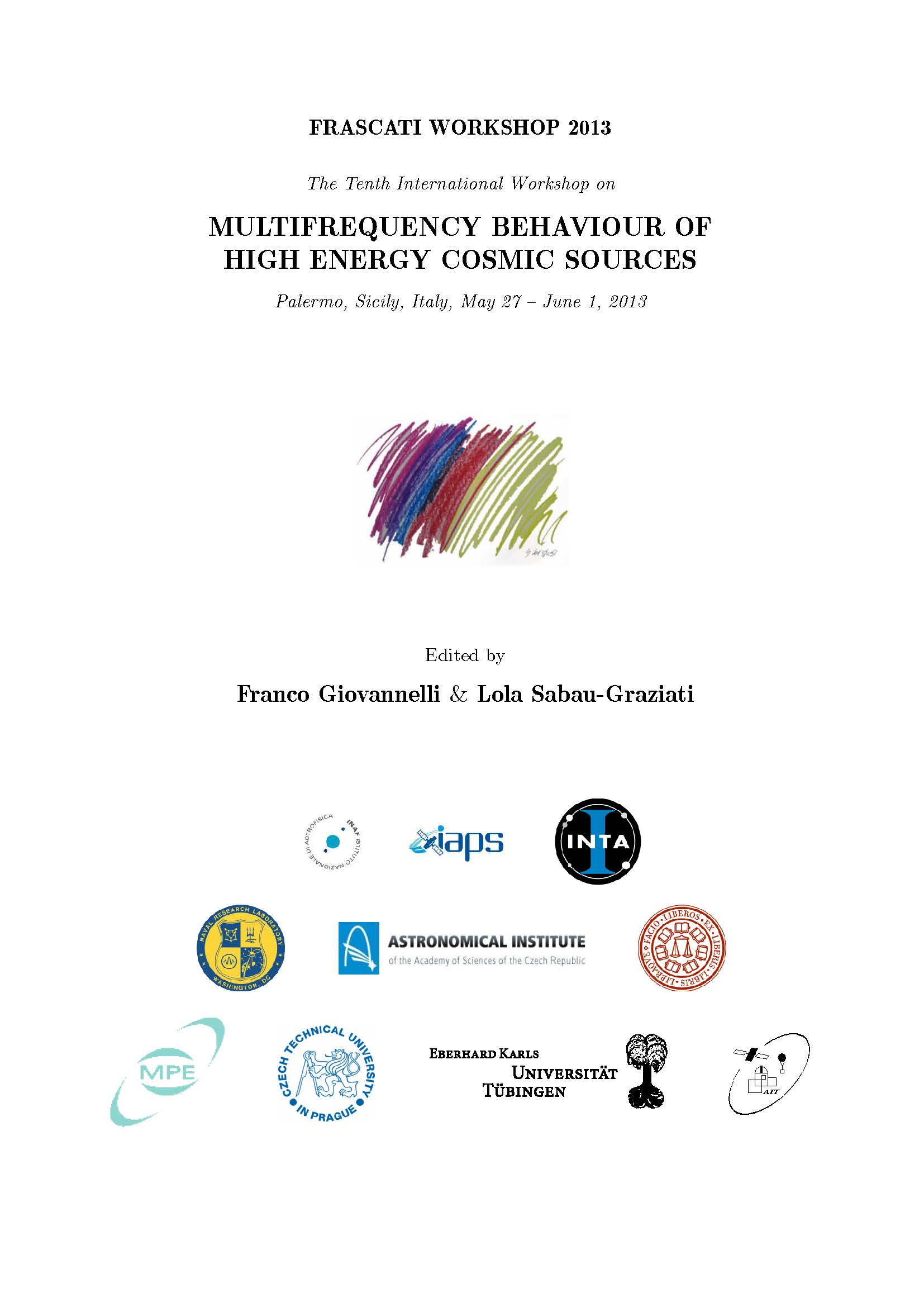Magnetorotational Explosions of Core-Collapse Supernovae
DOI:
https://doi.org/10.14311/APP.2014.01.0181Abstract
Core-collapse supernovae are accompanied by formation of neutron stars. The gravitation energy is transformed into the energy of the explosion, observed as SN II, SN Ib,c type supernovae. We present results of 2-D MHD simulations, where the source of energy is rotation, and magnetic eld serves as a "transition belt" for the transformation of the rotation energy into the energy of the explosion. The toroidal part of the magnetic energy initially grows linearly with time due to dierential rotation. When the twisted toroidal component strongly exceeds the poloidal eld, magneto-rotational instability develops, leading to a drastic acceleration in the growth of magnetic energy. Finally, a fast MHD shock is formed, producing a supernova explosion. Mildly collimated jet is produced for dipole-like type of the initial field. At very high initial magnetic field no MRI development was found.Downloads
Download data is not yet available.
Downloads
Published
2014-12-04
Issue
Section
Articles
How to Cite
Bisnovatyi-Kogan, G. S., Moiseenko, S. G., & Ardeljan, N. V. (2014). Magnetorotational Explosions of Core-Collapse Supernovae. Acta Polytechnica CTU Proceedings, 1(1), 181-188. https://doi.org/10.14311/APP.2014.01.0181



